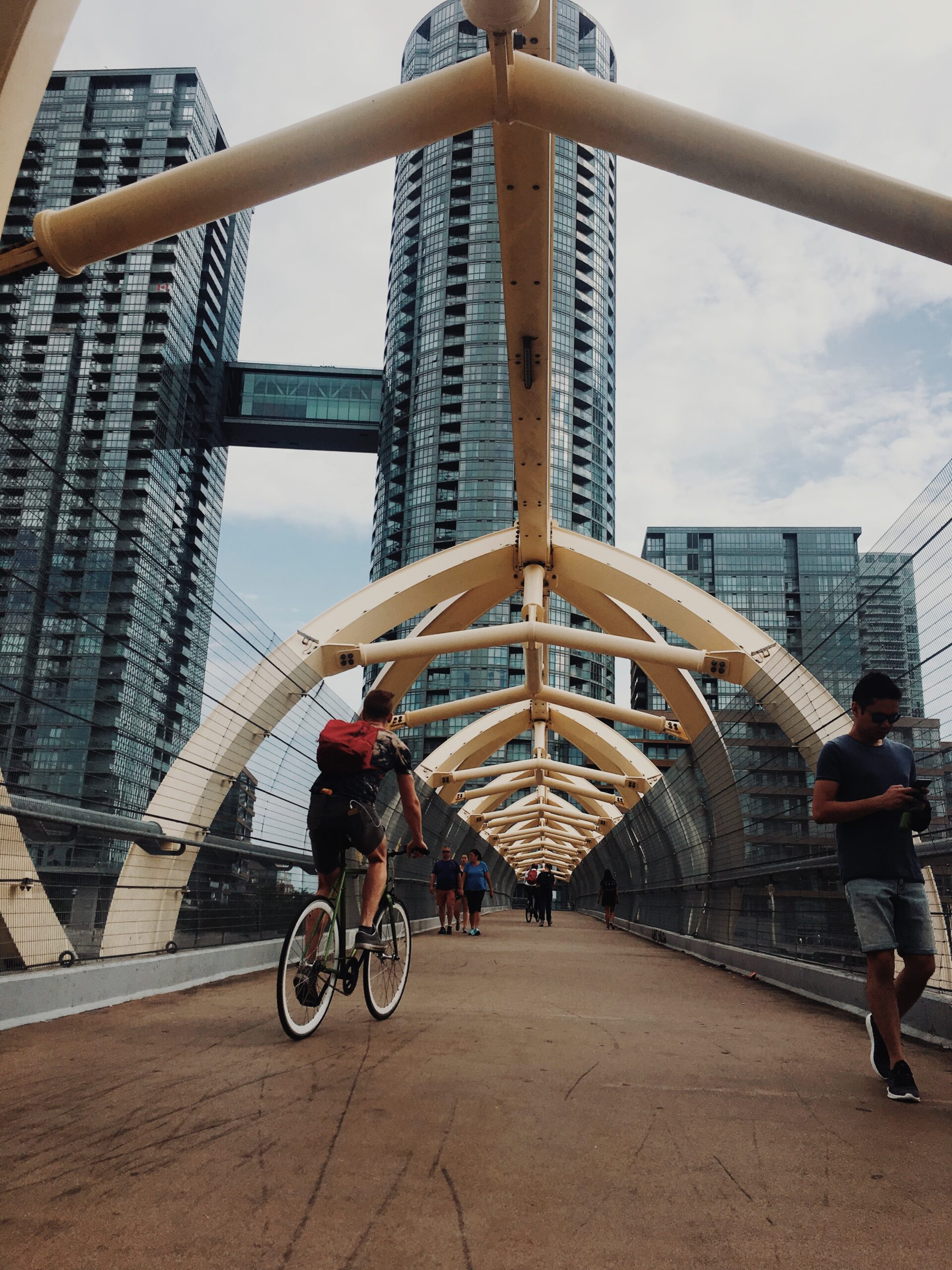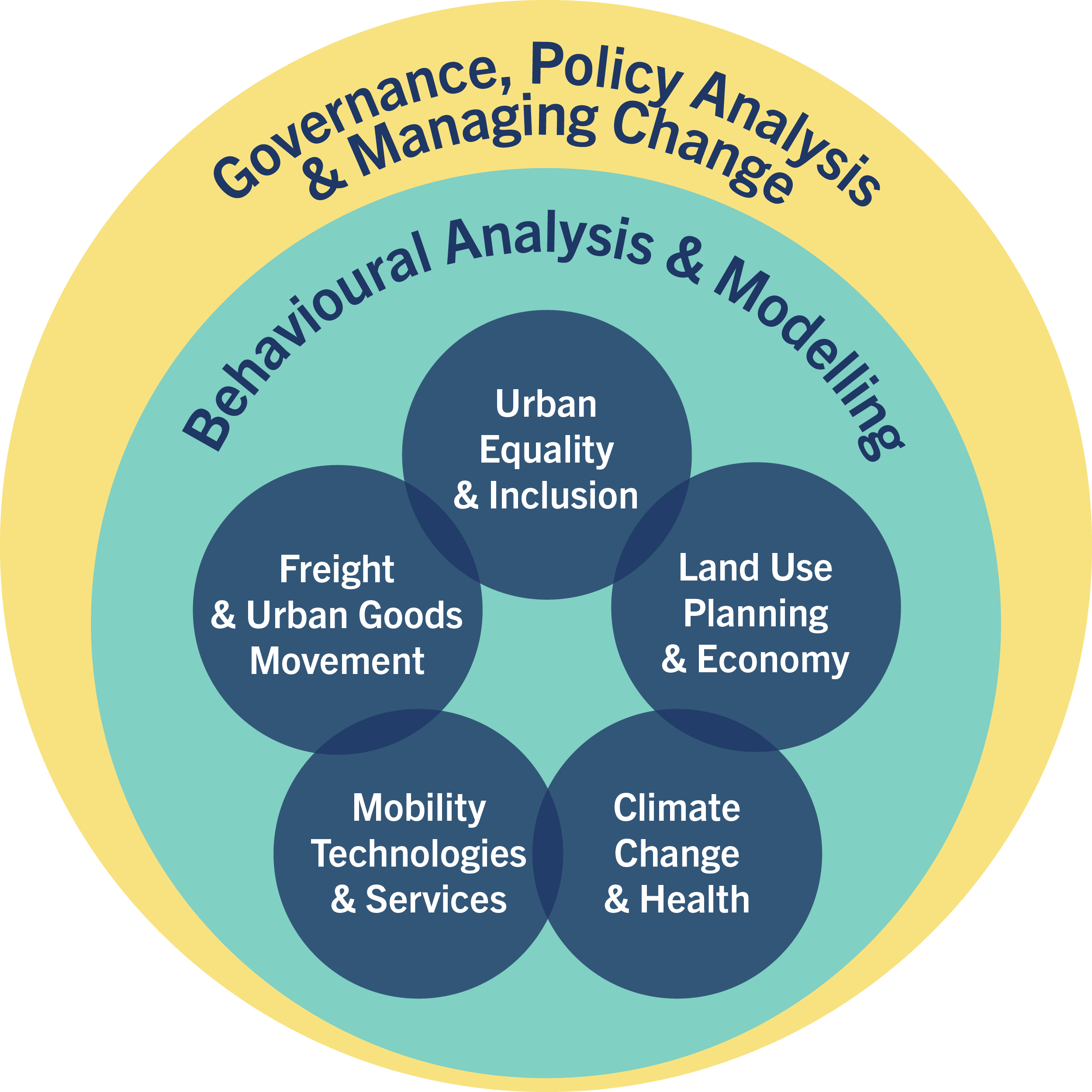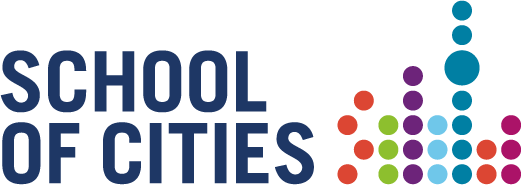Mobility Network at the University of Toronto

About Mobility Network
The sustainable movement of people and goods is a global challenge. Mobility Network is the University of Toronto’s answer to that challenge.
Transportation systems connect us to almost every important aspect of our modern lives. As populations grow, we will need more capacity to move people and the goods from where the are to where they are going. But, as we build additional capacity, we need to ensure that each dollar spent increases prosperity, reduces our climate impact, increases resilience to climate impacts, enhances equity, and improves health outcomes.
We will be asking the questions from diverse perspectives, sharing our knowledge, learning from our partners, hosting the conversations, and finding the ways to catalyze transformation in the ways mobility results in a more equitable, sustainable, and prosperous future.
Please join us on the journey.
Events
Mobility Network Conference 2024: Transit Oriented Development
June 26. 9:00 am to June 27. 5:00 pm EDTMobility Network Summer School 2024
June 24 to June 255MT Competition Workshop #3: Submission Recording Session
May 3. 11:00 am to 1:00 pm EDT

Knowledge Clusters
Urban Equality & Inclusion
Climate Change & Health
Mobility Technologies & Services
Freight & Urban Goods Movement
Land Use Planning & Economy
Behavioural Analysis & Modelling
Governance, Policy Analysis & Managing Change
Partners & Sponsors


